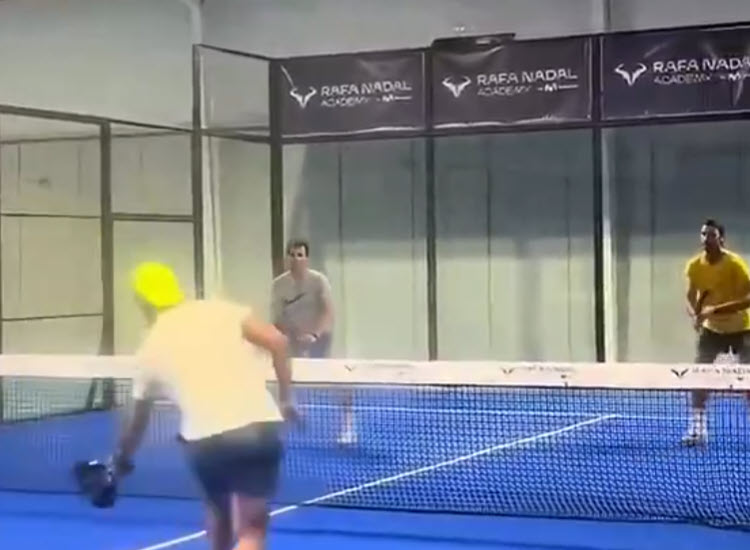
The racquet sport of padel combines elements of squash and tennis. To ensure fair play and accurate scoring, players must understand when the ball is in or out. Let’s look at the key components that help you make the right choice on the court.
1. Angle of Spin and Rebound
As the padel ball bounces off the wall, pay attention to its spin and angle. This is what you should look for:
High Rebounds: If the ball bounces off the wall at an angle equal to or greater than its approach angle, it most likely struck the ground ahead of the wall. The bounce will primarily go in an upward direction.
Low Rebounds: If the ball rebounds below the approach angle, it most likely struck the wall first and went out. The momentum will continue to drive it downward and away from the wall after it has bounced.
Backspin Rebounds: A flat shot’s spin will cause the ball to kick toward the wall. After making contact with the wall, the ball frequently launches into the air with backspin. Backspin-filled rebounding indicates that the ball was in.
Topspin bounces: If the ball bounces off the wall rather than bounces, the topspin imparted will keep it low and quick. If the ball hits the wall first, a topspin rebound means it was out.
2. The Intriguing Egg Photograph
In Padel, there is a term known as the egg. It refers to the rare stroke where the ball lands exactly in the groove that divides the wall from the court. When a ball is an egg, it displays none of the usual rebound characteristics. If it’s in or out, it’s nearly impossible to know. In this caset the shot has to be repeated.
View this post on Instagram












